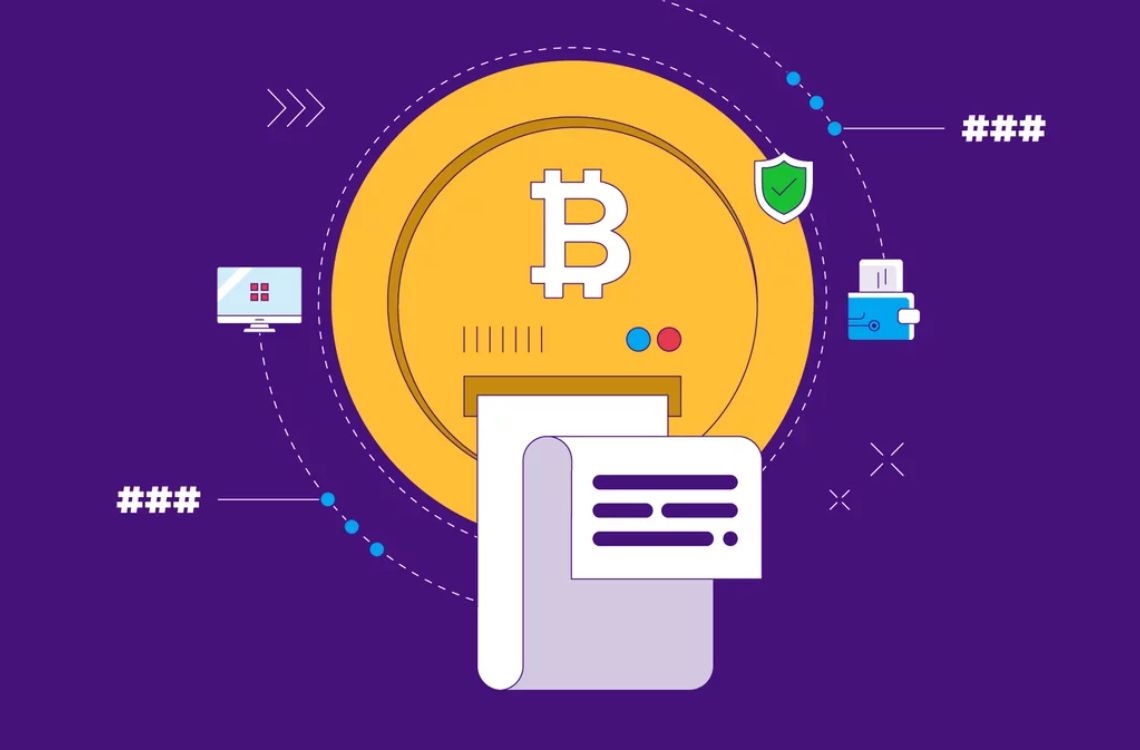Fifteen years have flown by since the enigmatic Satoshi Nakamoto bestowed upon us the revolutionary “Bitcoin: A Peer-to-Peer Electronic Cash System,” marking a pivotal turn in our digital journey.
This was no ordinary document; spanning a mere nine pages, it ingeniously redefined our approach to value exchange in this digital era.
Diving deep into cryptographic intricacies, Nakamoto presented an elaborate blueprint, underpinning the blocks and timing mechanisms crucial to the sustenance of this groundbreaking technology.
It was the introduction of the proof-of-work system in the realm of decentralized cryptocurrency that stood out as a key innovation.
Though not an original invention of Nakamoto, its unique application to solve the double-spending conundrum was nothing short of revolutionary.
Drawing inspiration from existing concepts like “Hashcash” by Adam Back, Nakamoto adeptly adapted proof-of-work to secure transactions through a consensus, eliminating the need for a central authority.
Deciphering the Mechanics of Bitcoin
Nakamoto’s brilliance shines through in the meticulous design of the blockchain, where altering a block necessitates redoing the proof-of-work, not just for that block, but for all subsequent blocks.
This ensures an unparalleled level of security and integrity, a testament to the foresight embedded in Bitcoin’s architecture.
Nick Hansen, CEO of Luxor, a leading player providing firmware for mining machinery, described the Bitcoin blockchain as somewhat of a paradoxical marvel.
In his words, it defies the natural order, growing stronger with time rather than deteriorating. Hansen postulates that Nakamoto must have foreseen the eventual dominance of institutions in Bitcoin mining, especially given the escalating computational demands as the network expanded.
Currently, the Bitcoin blockchain boasts a size exceeding 522 GB, rendering any tampering attempts futile and solidifying its position as an unassailable digital fortress.
BTC’s Role in Combatting Autocracy
Enter the Human Rights Foundation (HRF), a staunch advocate for human rights, viewing Bitcoin as a formidable ally against tyrannical regimes.
Its decentralized nature empowers those under autocratic rule to bypass government-controlled fiat, enabling transactions that are free from state interference.
Committed to bolstering Bitcoin’s capabilities, the HRF’s Bitcoin Development Fund provides grants to initiatives aiming to enhance the network.
One such initiative is the lnp2pBot project, which enhances user privacy, allowing for Bitcoin-dollar exchanges without necessitating KYC verification.
Alex Gladstein, Chief Strategy Officer at HRF, expressed his burgeoning optimism for Bitcoin, highlighting the significant advancements in user experience and privacy tools since their initial engagement with BTC back in 2013.
The Mystery of Nakamoto’s Timing
Gladstein intriguingly drew parallels between Nakamoto’s choice of October 31st for the white paper’s release and Martin Luther’s historic act of rebellion against Catholicism over 500 years ago.
Just as Luther advocated for the separation of church and state, Bitcoin represents a call for the decoupling of money and state. However, the rationale behind Nakamoto’s choice of Halloween for the white paper’s debut remains shrouded in mystery.
Was it a deliberate nod to their own anonymous existence, or simply a coincidental choice during one of history’s notable stock market downturns?
Regardless of the intention, Nakamoto’s legacy endures, with Bitcoin continuing to challenge and redefine our understanding of value and freedom in the digital age.





